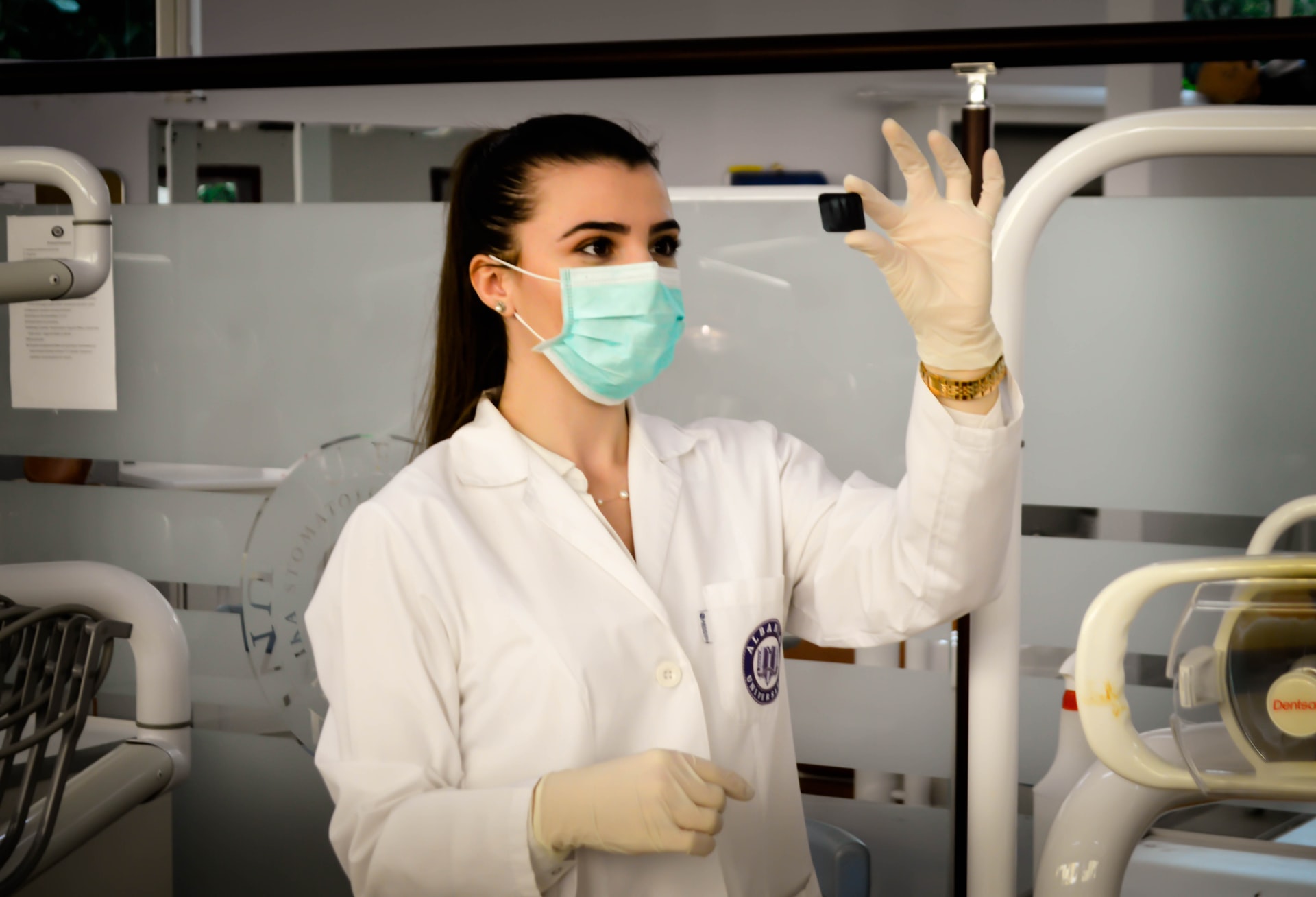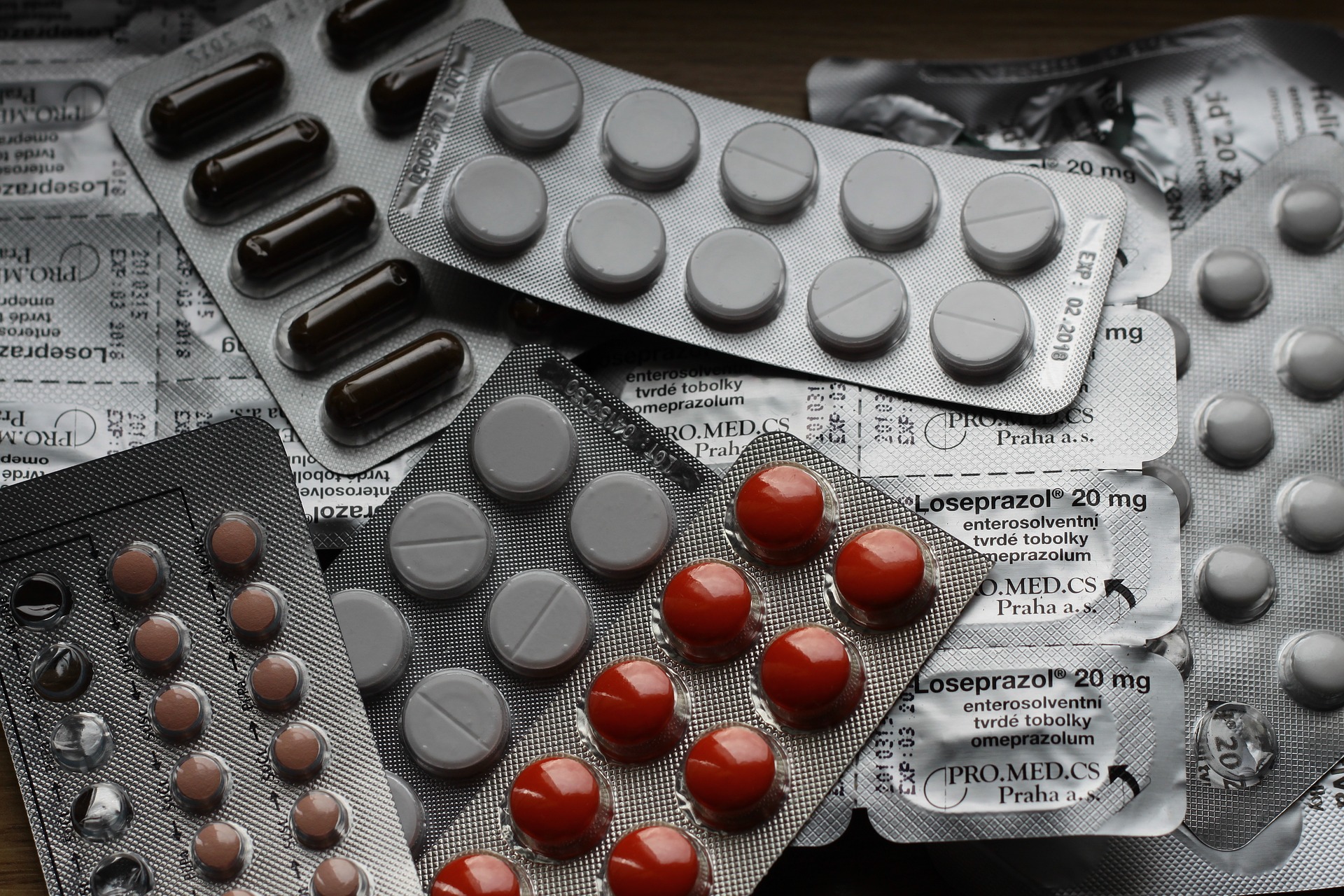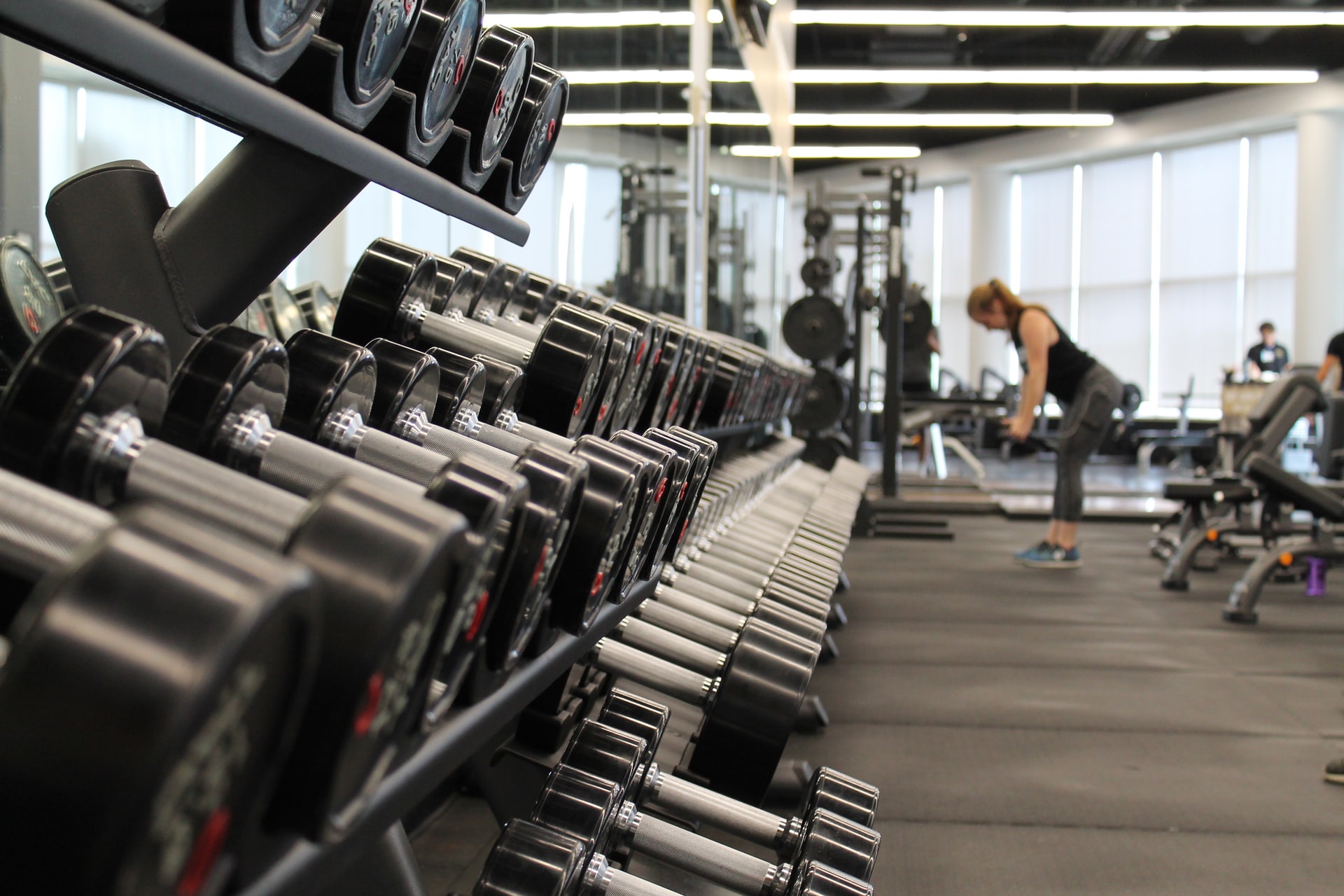An aging nation like the United States will have a greater demand for medical care as its population grows and life expectancy continues to rise. Patients will need higher doses of their medications, particularly their specialty drugs. There will be an increase in demand for home treatments and deliveries. In the meantime, the pressures that come from consumers and governments will increase the significance of value-based care and cost management.
Because of this, there will be new obstacles to overcome in the field of healthcare logistics. As outpatient care becomes increasingly provided in patients’ homes, there will be an increased demand for wider distribution of pharmaceuticals, medical supplies, and medical devices. Patients will have little tolerance for delay as a result of the expectations that have been trained by consumer markets. However, the specific requirements of high-value healthcare shipments, such as temperature control, traceability, and device configuration, will necessitate enhanced logistical capabilities.
The supply chain with the patient in mind
The requirements of healthcare in the US are evolving. The population of people aged 65 and older places three times as many script orders as those aged 18 to 49. In addition, the majority of adults in today’s society suffer from at least one chronic illness. Patients, however, are interested in self-care because they wish to reduce the complexity of their lives. They would rather not go to the hospital or even the pharmacy if they can help it. The COVID-19 pandemic was a major factor in the significant acceleration of this trend, which had previously progressed slowly over the course of many years.
In the meantime, developments in online commerce have had an impact on the delivery of healthcare. People want the same speedy and convenient delivery of their medications that they get for their other consumer goods. Again, the drastic shift away from face-to-face interactions brought on by the pandemic served only to hasten the transition toward direct-to-consumer, curbside, courier, and other channels that are heavily dependent on logistics. At the same time, Amazon Pharmacy went beyond its acquisition of Pillpack to raise the bar for the expectations of patients regarding the delivery speed, the flexibility, and the transparency of the service.
Existing retailers are feeling the pressure as a result of these developments and are responding by making investments. Because a physical retail location can be a useful induction point for home delivery, some businesses are making use of the footprint they already have by transforming it into a network of micro-fulfillment centers. Some companies are increasing their order pickup and last-mile delivery capabilities, such as curbside, lockers, courier services, and pharmaceutical deliveries similar to those made by Instacart or Uber. On the other hand, digital pharmacy start-ups such as Capsule and NowRx offer free, same-day delivery via courier.
These developments and investments have repercussions for the growing necessity of improving integration in planning, inventory management, and order management. This shift is not simply about adding more logistics lanes; rather, it is about becoming more customer- (patient-) centric, with a key role for logistics to play in order to deliver on the promise. The healthcare industry is on the cusp of undergoing the very same revolutions that have already transformed the consumer goods industry. Leading retailers are increasing their investments in digital and data science solutions, particularly in advanced analytics, but also in visualization, machine learning, and the Internet of Things, so that they can be prepared for the future (IoT).
 An increase in the prevalence of specialty drugs
An increase in the prevalence of specialty drugs
In 2019, specialty drugs will account for 36 percent of all money spent on pharmacy around the world, up from 24 percent in 2013. By 2024, it is anticipated that their growth will reach 40 percent on a global scale and 52 percent in developed markets. These are high-value, complicated treatments that often cover rare diseases; in addition, many of them have specific requirements for how they should be handled. They may need to be stored in a refrigerated environment, have an additional layer of security, be delivered within 24 hours, and have full traceability beyond proof of delivery.
As a result of this demand, the number of specialty pharmacies that have been granted accreditation has increased from 381 in 2015 to 1,069 in 2019. And while McKesson, Cardinal, and AmerisourceBergen dominate the distribution of traditional pharmaceuticals, there is a market for smaller, usually regional players that specialize in the small-volume, high-care requirements of these limited-distribution drugs. These drugs require increased visibility and coordination across the supply chain, and these players are evolving their specialized capabilities to deliver the goods.
The majority of specialty drugs are distributed by mail order pharmacies, which account for 74 percent of the revenue generated by the specialty pharmaceutical industry. Therefore, the pathway that leads from the specialty pharmacy to the patient will be a second growth area for logistics, and it is likely that FedEx, UPS, and other third-party logistics providers will compete in this market (3PLs).
The proliferation of specialty drugs makes distribution more complicated, which puts additional strain on organizations to operate effectively. For a safe operation, stringent handling requirements are necessary; this concept gained widespread public attention early in 2021 when news stories about the distribution of COVID-19 vaccines brought it to people’s attention. There are a lot of specialty drugs that have the same requirements, but each one only has a small audience that is spread out all over the place. Distributors have a responsibility to pay close attention to the Drug Supply Chain Security Act (DSCSA) of 2013, as well as issues pertaining to serialization and track-and-trace, in order to ensure that life-saving medications are delivered to their intended recipients in a timely manner without risk.
Resilience requirements for medical supplies
Prior to the pandemic, the majority of medical supplies like masks, gloves, and syringes were purchased from low-cost suppliers located in Southeast Asia. After production at these manufacturers was halted by COVID-19, medical facilities were forced to deal with severe shortages. Even guidelines on how to reuse supplies and equipment were required to be issued by the Centers for Disease Control and Prevention (CDC).
This was one of the most striking illustrations of the importance of incorporating resilience into supply chains in the year 2020. The goal was to reduce the risk of potential disruptions in the supply of raw materials, enhance protection against counterfeits, and improve visibility into inventory levels while simultaneously freeing up working capital.
This is a valuable lesson that medical facilities are learning, and as a result, the market for medical supplies is undergoing significant transformation as a direct result of these efforts. The need to rethink supply chains in order to make them more resilient and secure is the most significant implication that these changes have for logistics. There is already evidence of businesses moving in this direction, including the possibility of onshoring or nearshoring medical supply production. These kinds of multi-shoring efforts have rippling effects on logistics networks, just like they do in other industries.
Decentralized medical equipment
Treatments are increasingly being moved out of hospitals and into patient homes, long-term care facilities, and nursing homes as part of an effort to cut healthcare costs while maintaining a focus on the needs of individual patients. Patients with chronic conditions have a higher likelihood of adhering to their treatments when they are not required to make frequent trips to the hospital. When patients adhere to their treatment plans more consistently, their health improves. Keeping patients out of hospitals is often financially beneficial for payors because it reduces the number of hospitalizations needed.
On the other hand, and this is an important point, the trend involves placing more medical equipment in a wider variety of settings. Although patient-facing treatment, therapeutic, and durable medical equipment may become more widely distributed, capital-intensive medical equipment such as magnetic resonance imaging (MRI) machines are likely to continue to be primarily the responsibility of hospitals and outpatient facilities. Examples include dialysis equipment, continuous positive airway pressure (CPAP) machines, and ventilators. Again, the pandemic, which increased patient reluctance to visit hospitals, has been a driving force behind the trend that has been accelerating.
The increased connectivity of people and things is a key enabler of this trend. When devices are connected to the cloud, they are able to provide up-to-the-minute maintenance notifications and make it simple to reorder consumables. The requirement for trained technicians to provide supporting services is reduced thanks to connectivity, which is a traditional barrier that prevents these machines from being moved outside of the hospital setting.
However, those services will be required in a significant manner once the machines have been delivered. White-glove logistics have been taken to an entirely new level with this practice. As is the case with home appliances, the person who delivers the machine is responsible for properly installing and configuring it. However, calibrating and configuring medical equipment is typically a much greater challenge than setting up a dishwasher. A higher level of support services, increased preventative maintenance, and/or the installation of consumables by a specialist may also be required for these machines. What was once the challenge for the hospital — having a technician available to support 10 machines in a centralized location — is now a challenge for the hospital’s logistics department because these functions need to be performed at 10 different locations across the hospital. As a result, this will result in increased costs for both manufacturers and distributors because they will be required to insist on and commit to using logistics services that have improved capabilities. It is not yet clear how these businesses intend to recoup those costs.
In a nutshell, manufacturers and distributors of medical equipment are currently confronted with the necessity of adding logistics capabilities and even adopting new business models. They used to deliver machines to specialists in hospitals, but now they have to deliver equipment along with a suite of additional services to users who are not as technically savvy and who are located in a variety of different places.
 What comes next
What comes next
The behavior of patients is driving many of the trends that are transforming the industry; as a result, it is likely that these trends will continue. As a result of increased price competition and omnichannel customer demand, pharmaceuticals, over-the-counter (OTC) medications, and medical supplies will become increasingly consumerized. Care will be provided at sites that are closer to patients, easier to access, and less expensive. Similar to the rise of e-commerce in general, these shifts—from pharmacy to curbside to home delivery, and from hospital to long-term care facility to home treatment—represent long-standing trends that were accelerated by the pandemic. These shifts are not short-term blips that will reverse themselves as the pandemic fades away. Rather, they are long-term trends that were accelerated by the pandemic.
In light of these persistent tendencies, the responses of healthcare and pharmaceutical Northwest haulage companies can be broken down into three distinct categories. They may also:
In the case of important products like pharmaceuticals, over-the-counter medications, medical supplies and equipment, adopt a mindset that is more focused on the customer (the patient). This entails devising products and arranging logistical priorities with the intention of satisfying customer expectations as the point of departure for the design process.
Improve the connectivity between the various players, channels, and support services in the supply chain. The most glaring illustration of this is provided by medical equipment used in the home that has specific maintenance needs. However, this lesson can also be applied to a broader context, such as the integration of orders for the production, distribution, and delivery of specialty drugs, as well as the provision of alternative delivery mechanisms like lockers or curbside pickup. As a result of the vastly increased number of moving parts caused by newly developed solutions and the increased level of orchestration that these changes demand, the profile of the logistician is rising.
Make investments in supply chains that are safe, robust, and diverse. The recent pandemic crises and the recent executive orders issued by President Biden have, to their credit, brought attention to the need for the United States’ supply chains to be designed with risk as well as cost in mind.
The important goal of resiliency will result in an increase in the complexity of logistics, which in turn will necessitate a separate set of investments at the same time that reputable and cost-effective alternative sources of supply are developed.
A significant number of these innovations have already brought about fundamental shifts in various consumer categories. However, these problems still exist, which is especially problematic when considering the relative complexity of medical categories as well as the growing importance of effectively enhancing the health of customers.




